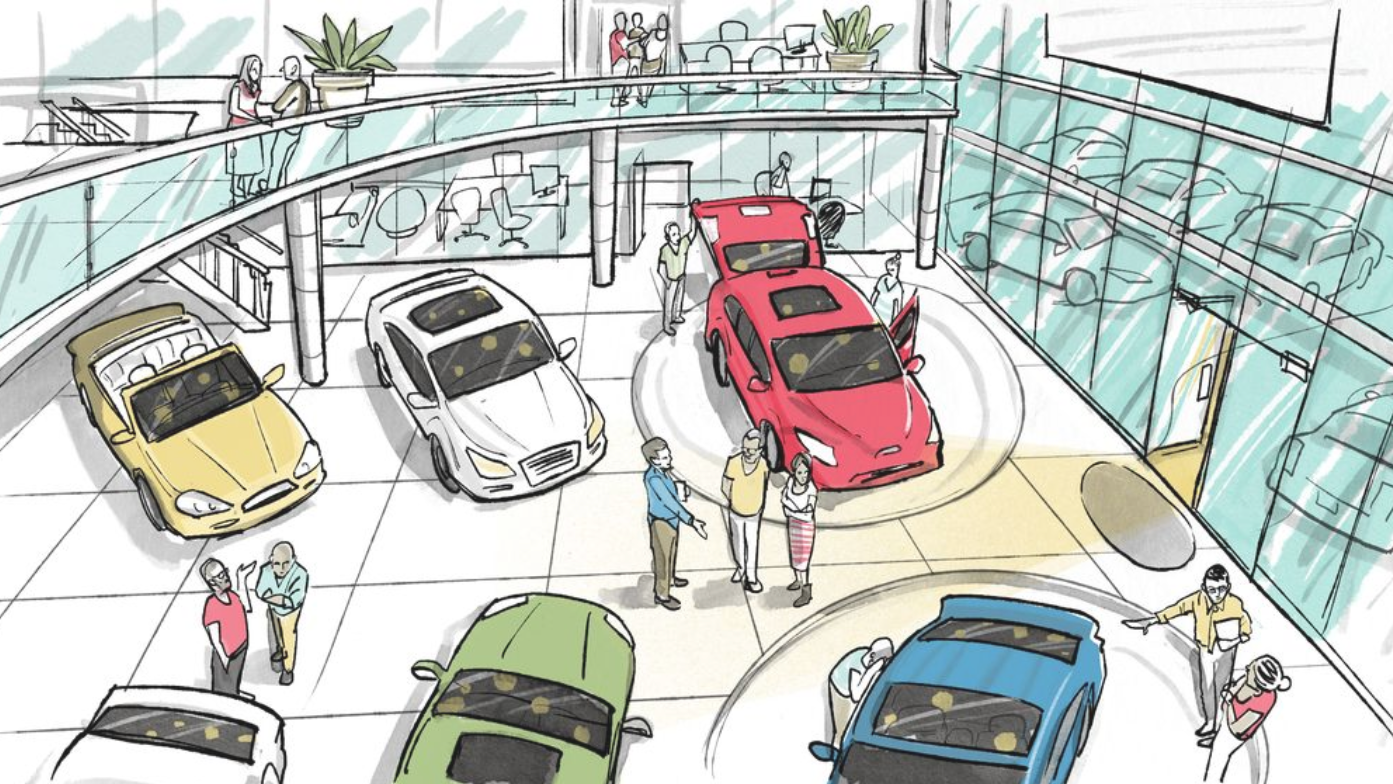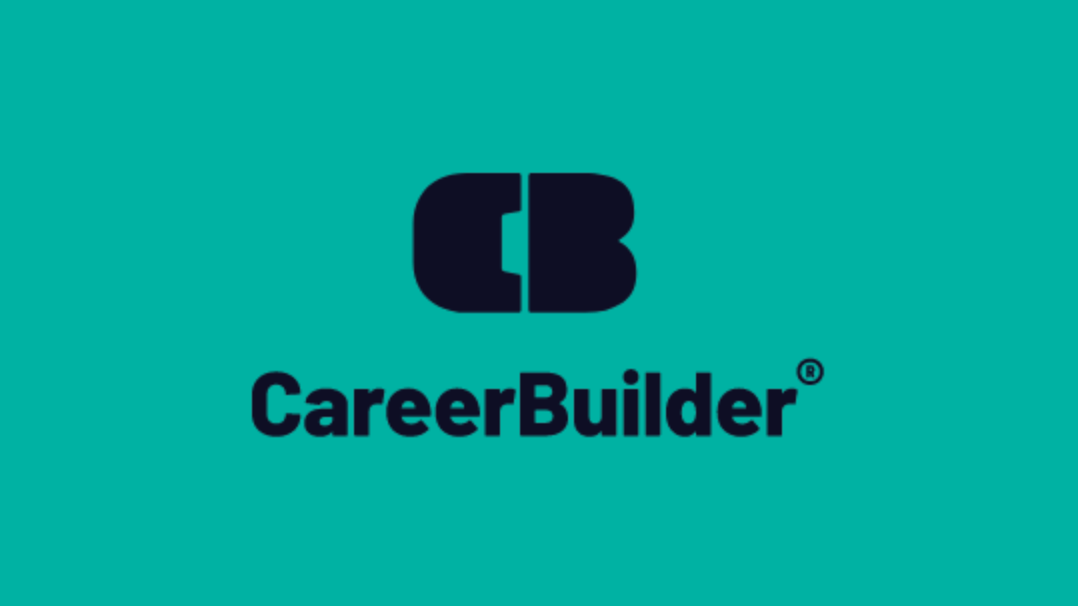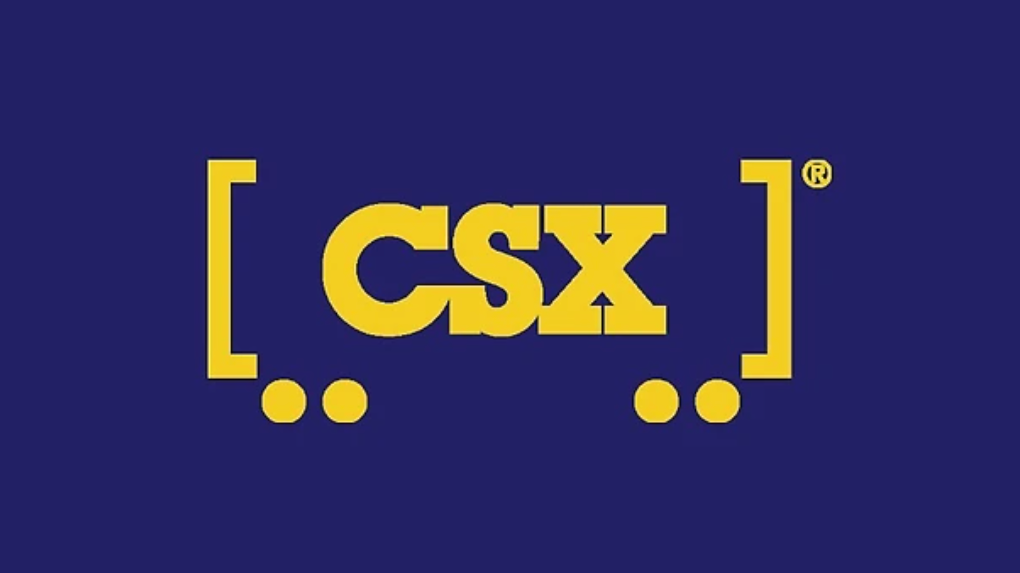OVERVIEW
The problem with anything that requires creative thinking however, is that it’s easy to get lost—lose focus and fall into the trap of having useless, open-ended, unstructured discussions. Many products end up being released late and full of compromises to the original vision simply because the team is so fatigued from bashing heads together on endless, un prioritized problems. The following Workshop was conducted to solve for problems around creating consumer engagement to better guide them thought out the car buying path.
Participants provided ONE word that described the overall problem of the workshop:
Exposure
Overload
Overwhelming
Design
Average
Understanding
Visibility
Findablity
Search ability
Awareness

1.- START WITH PROBLEMS
The first step is simple: Everybody in the team sits at a table and without discussion they spend 10 minutes writing all the challenges, concerns, problems related to the Theme presented. Everything we can think of in terms of shopping engagement problems (based on current data) Once the 10 minutes are up, each person will have a pile of problem post-its in front of them.
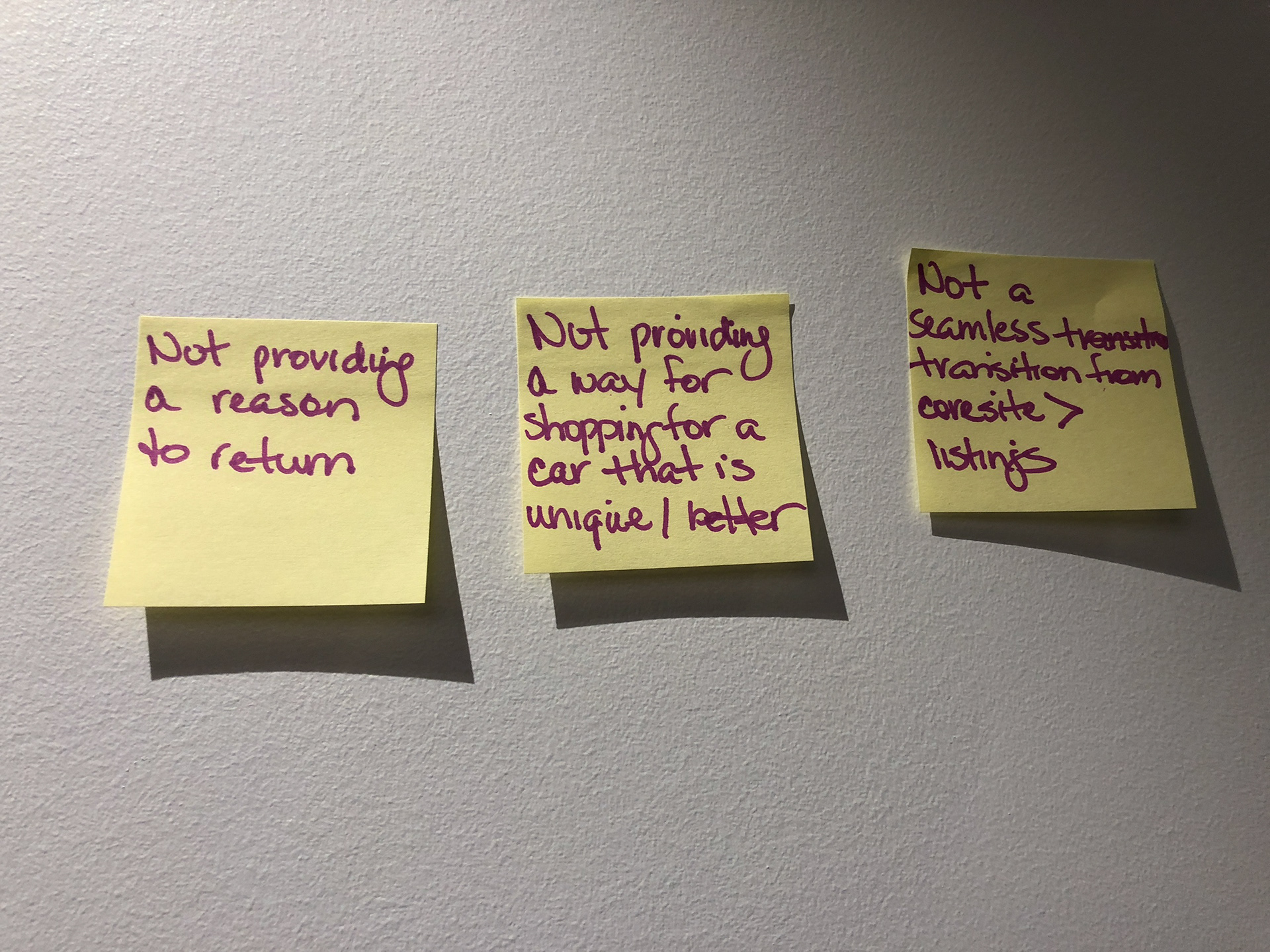
2.- PRESENT PROBLEMS
The moderator now selects one person at a time to stand up at a wall/whiteboard to very quickly explain each problem as they stick them to the surface. Nobody else in the team is allowed to speak here. The moderator should give no more than 2 minutes per person.
Once everyone has spoken and added the users problems, then everyone in the group has shared their challenges without going on 100 tangents.

3. Select Problems to Solve
The moderator gives each member 2 voting dots — Everybody must now vote on the challenges they consider to be the most pertinent to solve, without discussion.
You can vote on your own posits here and you can put both your votes on one challenge if you feel strong enough about it. Once the 7 minutes is up, the moderator quickly takes the voted problems and arranges them in order of priority. What about the rest of the problems that were not voted on? Do they get lost? Well, more on that later.
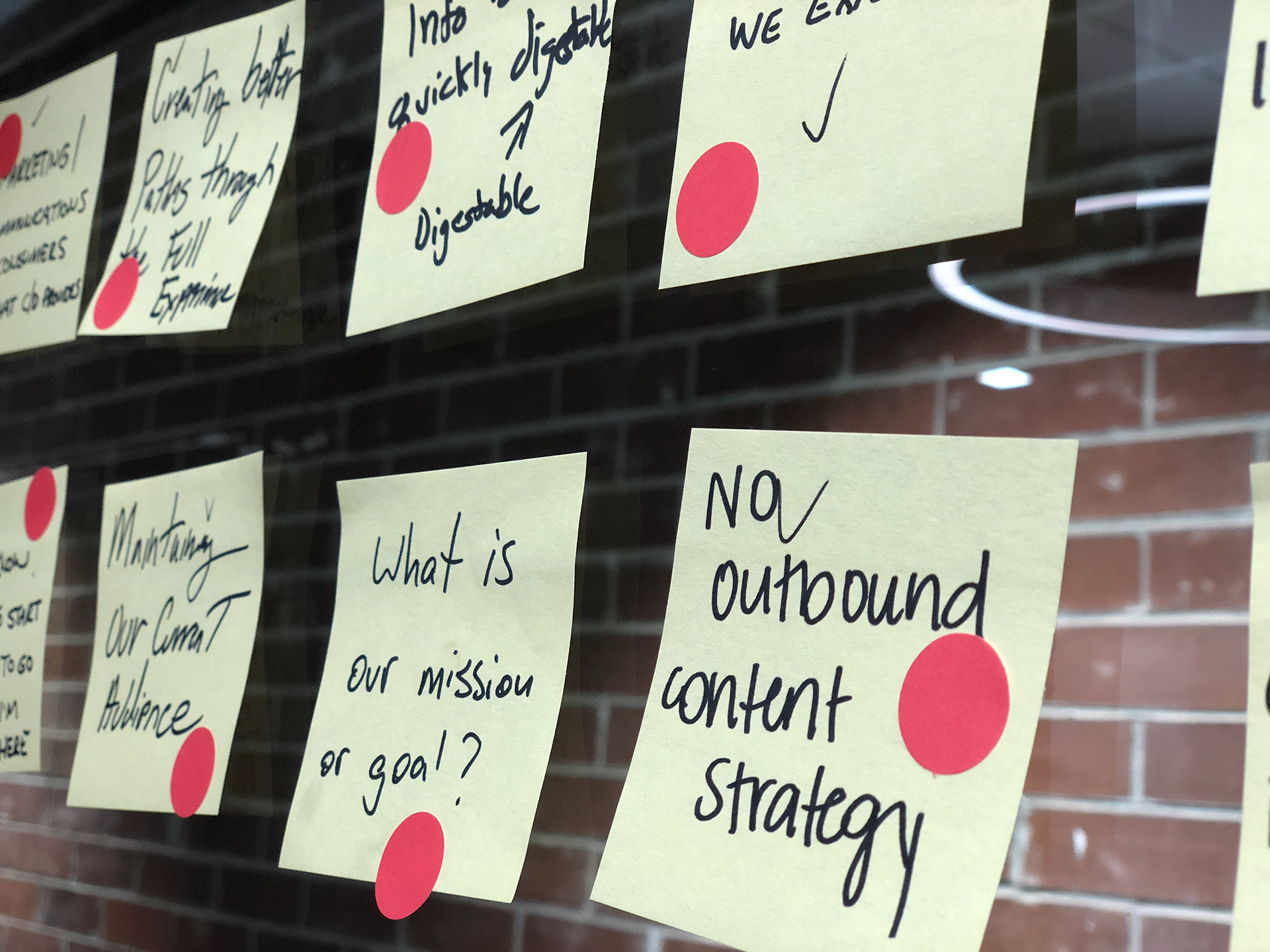
4. Reframe Problems as Standardized Challenges
a.k.a reformat problems to standardised How Might We’s
Now, only focussing on the voted and prioritised problems — the moderator is going to rewrite each one as a standardised challenge, this will help us create an array of solutions and be a little bit more broad at the start.
Let’s look at an example: The top voted post-it here says “I have no idea what’s happening on “project x”. Because many people have voted on it, we can see it’s clearly an issue many people are having. Rephrasing the post-it in a “How Might We” format allows us to make it solvable and standardize the way the challenges are written. Here’s how that problem might be rewritten into a more general challenge:

5.- PRODUCE SOLUTIONS
Now the top voted HMW problem will be used to produce solutions. If there are two top voted problems, or three just start with the one on the left first. Don’t worry about it and do not discuss!
Now each team member is given in 10 minutes to write as many possible ways to tackle the How Might We challenge without any discussion. Removing discussion here also insures a variety of solutions. It’s important for the moderator to tell the team members here that we’re aiming for Quantity over Quality– Later we can curate.
Solutions don’t have to be written in any particular way– but they must be understandable to people reading. There is no individual presenting of solutions as this creates a bias towards the best presenters.

6. Vote on Solutions
Remember this? We’ve done it before right? The moderator now gives each team member is stripped of six dots to vote on the solutions they think would best solve the HMW. Because the members will need to read each post-it, a little more time is given for this voting process: 15 minutes.
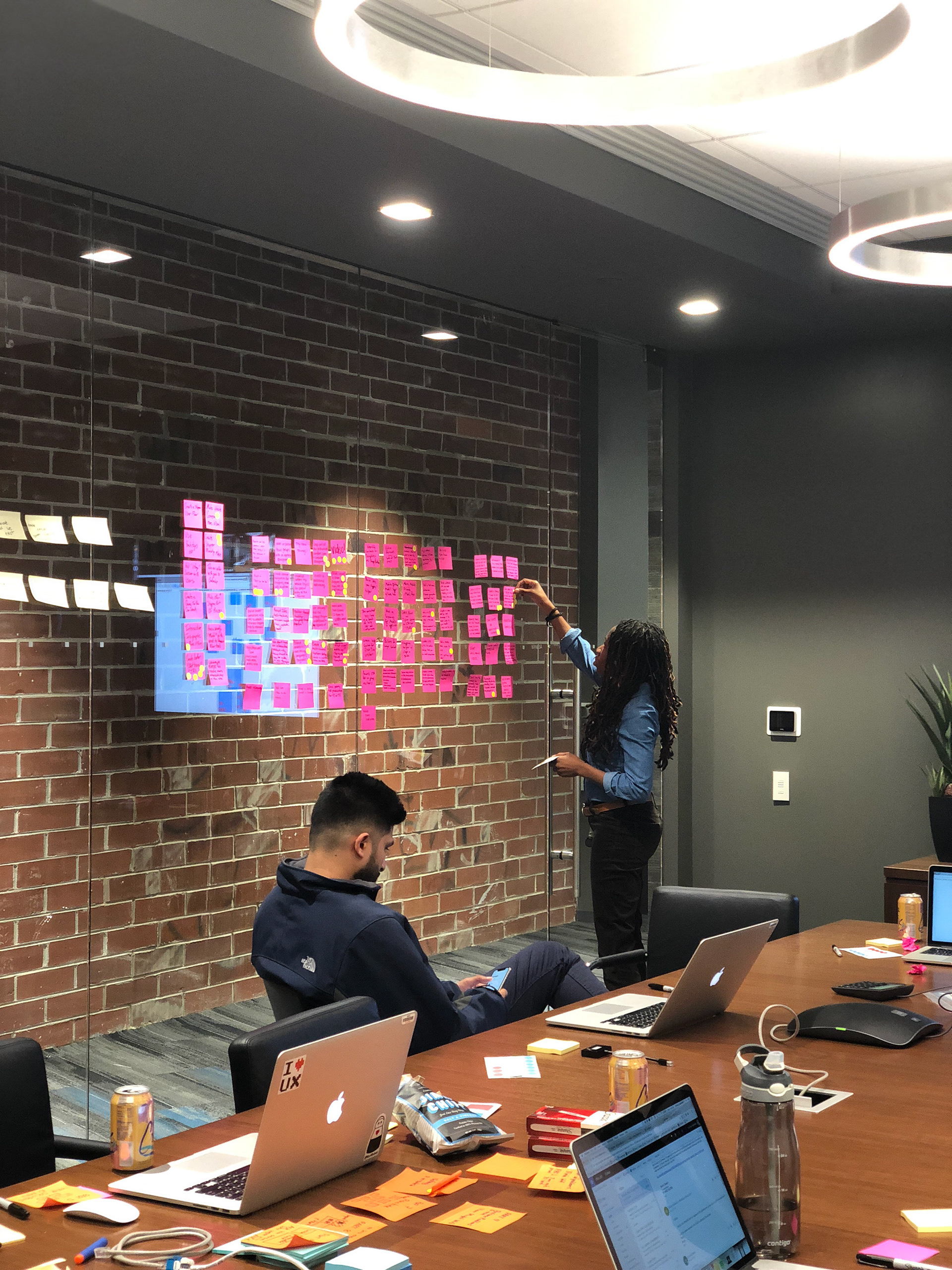
7.- PRIORITIZE SOLUTIONS
Deja vu! Just like we did with the problems, the team now has 1 MIN to make a prioritised list of solutions — Ignore anything with the less than two votes. You will now have something that looks like this:

8. Decide what to execute on
It is clear that some solutions are more popular than others to test out, but it's important to know how much effort is required to execute the solutions – so here we use a simple effort/impact scale to determine which solutions to try ASAP, and which should be added to a to-do list, or however you store your backlog.
The moderator needs to be very proactive at this step, as it is the only one that has a tendency to open up discussion. The Moderator will now take each solution one by one and add them to the effort/impact scale. Effort, in this case is how much effort we as a team think it will take to implement and impact is the degree to which we think it would solve our problem.

So here’s what the moderator needs to do: Take the top voted solution, hovers it over the center of the E/I scale and simply asks “higher or lower” — usually some small discussions break out here, so the moderator has to be diligent in finding a consensus and stopping any conversations extending past 20 seconds. Once the effort has been determined, the moderator uses the same drill for impact: “Higher or Lower.” Once all prioritised post-its have been added to the scale, you’ll have something that looks like this:
Now you have a clear overview of what which high-impact solutions could be executed on and tested very quickly (In the green sweet-spot on the top left), and which high-impact solutions will take more effort (top right). The moderator should now quickly mark all post-its in the sweet spot with a contrasting dot so we can identify them later.
9. Turn Solutions into Actionable Tasks
The moderator now takes the “Sweet Spot” solutions off the E/I scale and asks the person who wrote the solution to give actionable steps toward testing the solution. When I say actionable, I really mean something that could be executed on in the timeframe of 1–2 weeks. Rule of thumb is a 1-week experiment, but of course this will depend on what the solution entails. (Some solutions may require additional time)
Let’s look at one example: The top Paragraph represents the TASK and the following areas represent how / [ Timeframe - Methods etc... ]
GOALS / OUTCOMES / TIME FRAME / DESIGN METHODS
Once all these solutions are written up, your team now has actionable tasks that can be committed to (depending on how your team deals with task management, that’s for another day). As for the solutions that didn’t make it in to the “Sweet Spot”? We actually turn all the high impact solutions into actionable post-its and add them to our backlog so they don’t get forgotten. What you might see happening is that the sweet spot actions actually end up solving problems in a way that the higher effort solutions become obsolete and you can later rip them apart!
Structure and Discipline create the Freedom
That’s it! In a short amount of time, your team has been able to define important challenges, produce solutions and prioritise what to execute on almost entirely without discussion!
We use this principle of cutting out open discussion in almost everything we do, from designing new product features to planning events or improving our office space.


